Remind your students about the most common types of angles with this set of six classroom posters.
What Are the Types of Angles?
When it comes to naming and classifying various angles, there is quite a lot for our students to remember! Not only do our students need to be familiar with the names of these common angle types, but they also need to understand the sizes and features of each. That’s where Teach Starter can help!
Display this set of six posters in your classroom when exploring angle types with your students. Each poster provides a simple explanation of each angle type, along with a visual representation to help students connect the description with a real example. The pack includes the following posters:
- Angles (simple version) – Names and describes acute, right and obtuse angles.
- Angles (advanced version) – Names and describes the size of acute, right, obtuse, straight, reflex and revolution angles.
- Complementary and Supplementary Angles
- Angles at a Point
- Angle Sum of a Triangle
- Angle Sum of a Quadrilateral
How to Make the Most of These Types of Angles Posters
These posters have been created to support you in teaching angle types to your students. You may wish to use them in the following ways:
- Print each poster individually on A3 paper and display them in your classroom as a reminder of the various types of literary devices.
- Print multiple posters to a page and provide them to the students to add to their workbooks. The page can then be continually referred to during your angles unit.
- Project the posters onto your whiteboard. Cover up certain parts of the poster, then challenge students to add in the missing information.
Download, Print, Teach!
This poster pack downloads as a full-colour PDF. Just download, print and teach!
Looking for more time-saving angles resources to use in your classroom? Check out our range of suggestions below!
[resource:4960782] [resource:4848007] [resource:4686145]
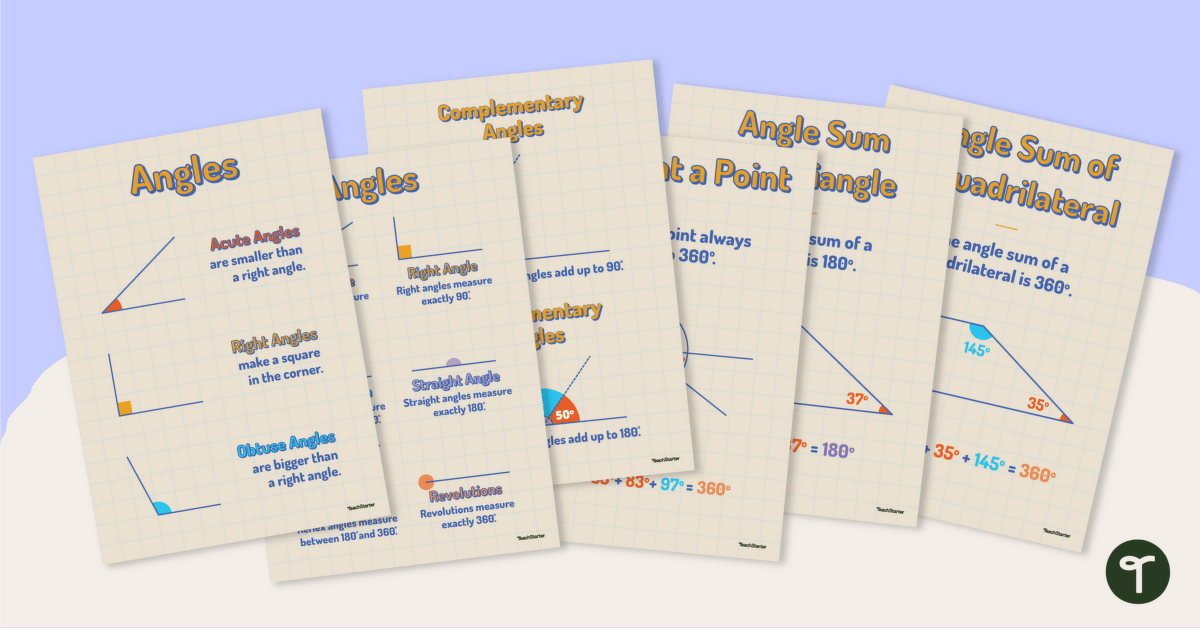

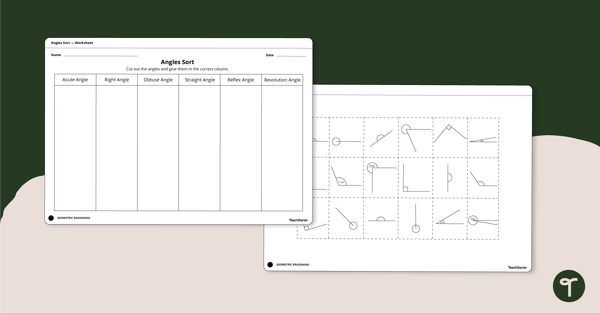

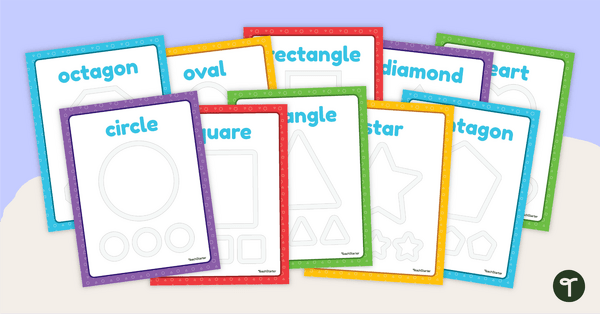

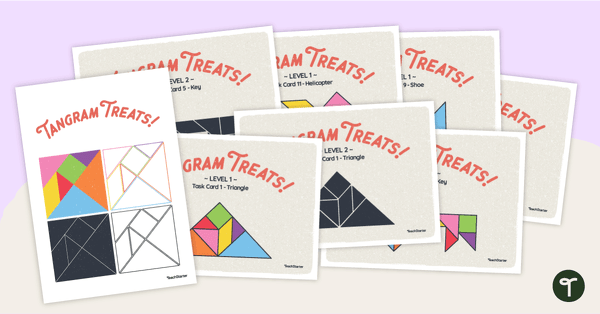

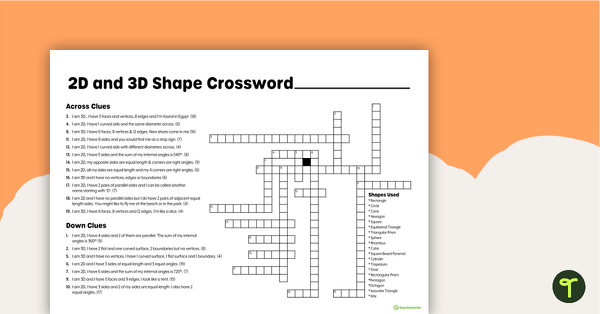
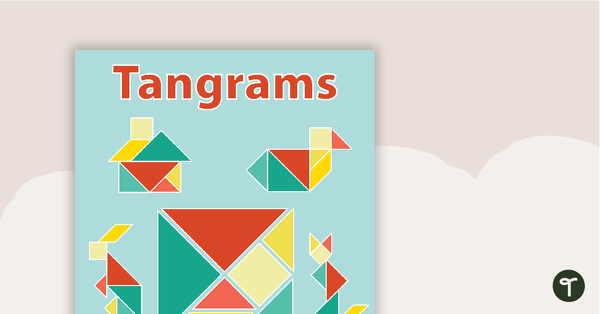

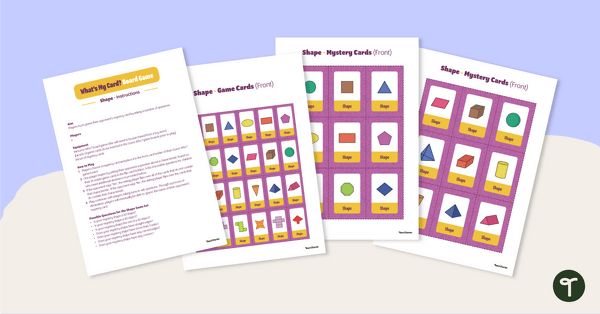
0 Comments
Write a review to help other teachers and parents like yourself. If you'd like to request a change to this resource, or report an error, select the corresponding tab above.